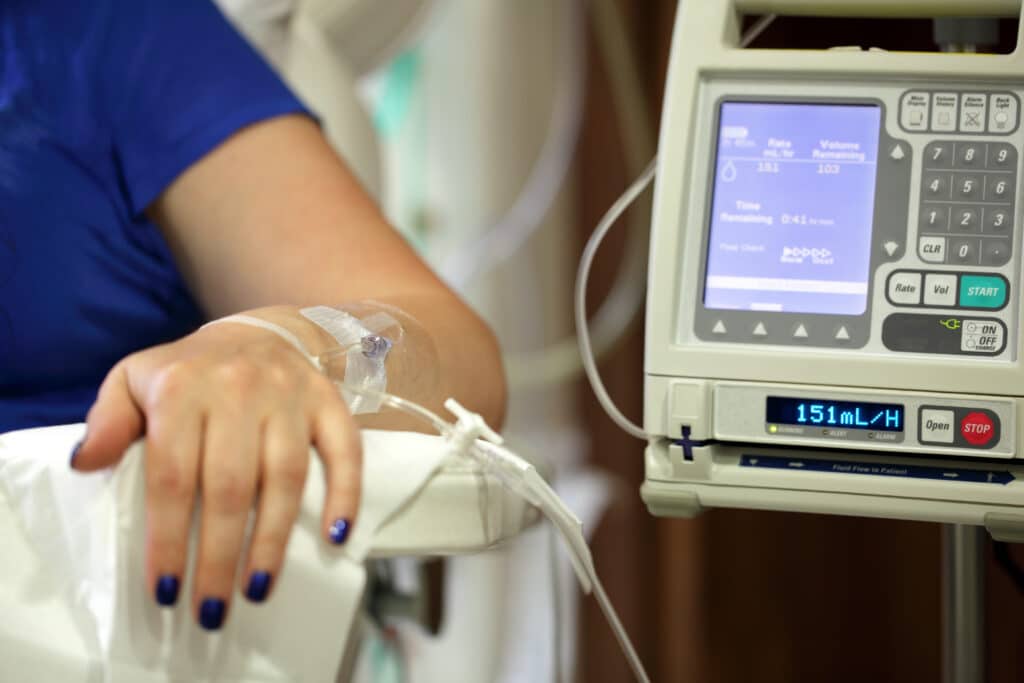Administration & Dosage
The form of the MS DMT and how often it is taken.
Close
MS DMTs are disease-modifying therapies used in MS treatment to target the immune system activity and “modify” or settle down MS disease activity.
They can reduce the immune system’s attack on the central nervous system and limit new areas of inflammation, reduce the number of new relapses, and delay or limit the progression or worsening of the disease over time.
Many years of research indicate that starting an MS DMT early in the disease course significantly limits new MS disease activity and the progression of the disease. Combining an MS DMT with healthy lifestyle activities, such as regular physical activity, healthy eating, adequate sleep, and attention to your mood, can help you feel your best every day.
During the past 30 years, more than 20 disease-modifying treatments have been FDA (Food and Drug Administration) approved for the treatment of MS.

When you and your provider are deciding on a MS DMT, having information about the treatments can help you:
Not all MS DMTs are the same. They differ in:

Administration & Dosage
The form of the MS DMT and how often it is taken.
Mechanism of Action
How the MS DMT modifies the immune system.
Approval
What the FDA has approved for the MS DMT for.
Side Effects
Notable side effects to consider.
Jump to: DMTs Taken by Mouth | Self-Injected DMTs | IV Infusion DMTs
Aubagio® (click to learn more)
| Bafiertam® | Dimethyl Fumarate | Tecfidera | Vumerity® | (click to learn more)
| Gilenya® | Mayzent® | Ponvory® | Zeposia® | (click to learn more)
Mavenclad® (click to learn more)
| Betaseron® | Extavia® | Plegridy® | Rebif® | (click to learn more)
| Copaxone® | Glatopa® | Glatiramer Acetate Injection | (click to learn more)
Kesimpta® (click to learn more)
Lemtrada® (click to learn more)
Ocrevus® (click to learn more)
| Tysabri® | Tyruko® | (click to learn more)